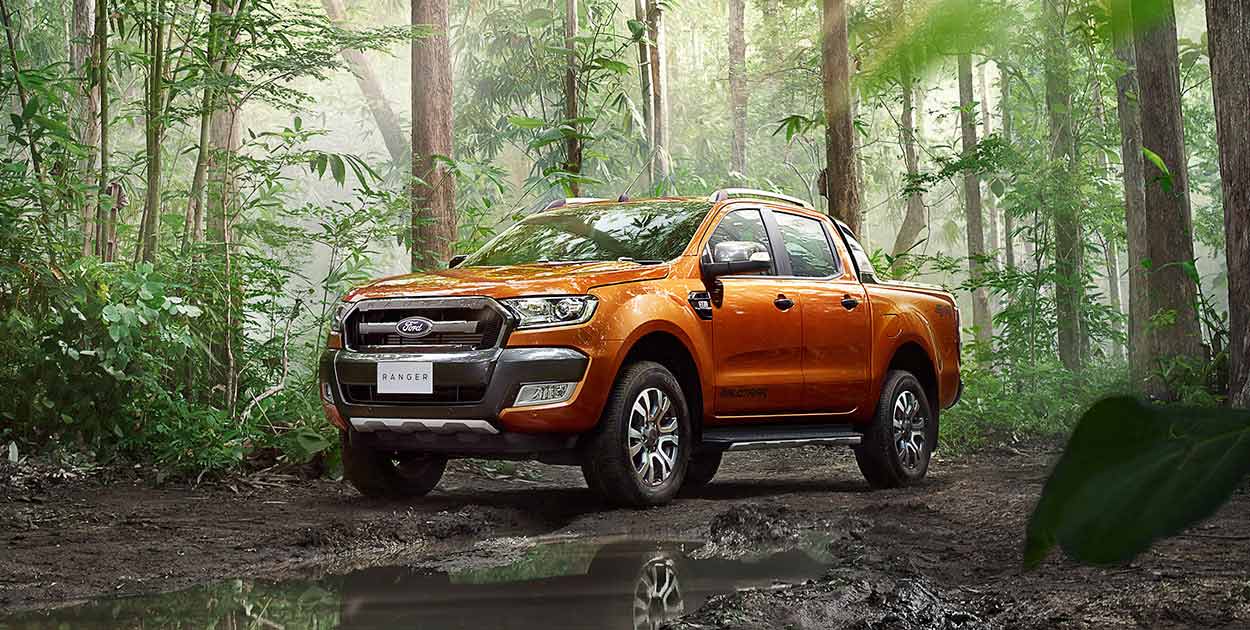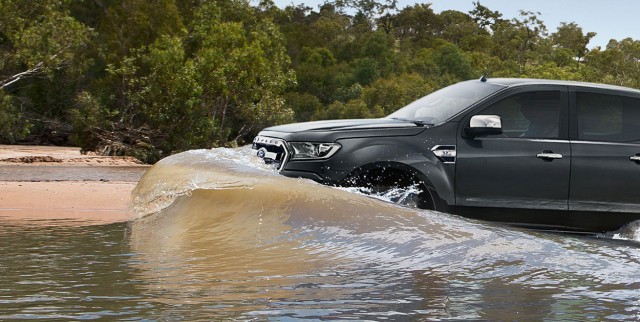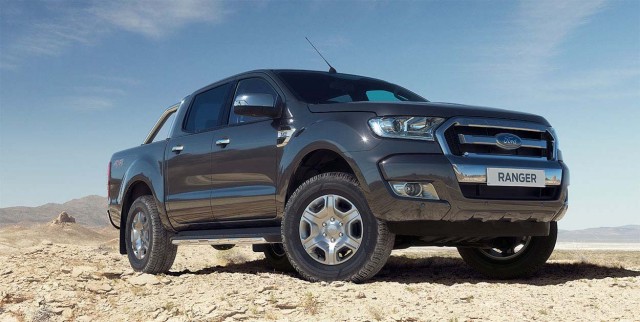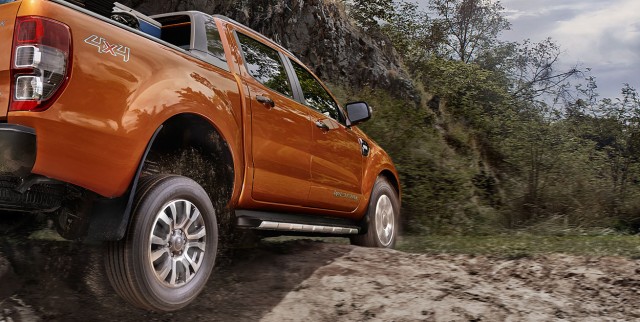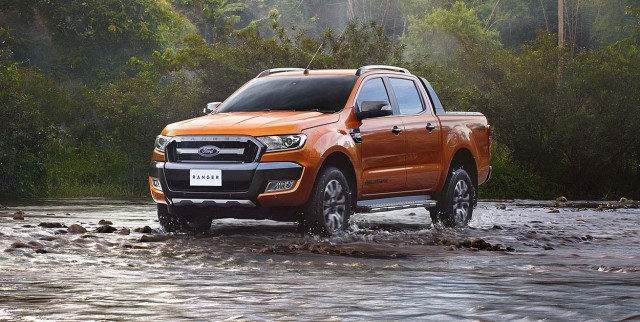When Ford discontinued the Ranger in America, there were few tears shed. At the tail end of its run, the Ranger was worthy of the axe and spent its last few years primarily logging miles as a fleet vehicle. When Ford announced it had plans to revamp the platform as a global vehicle, and push it up in size to compete with the growing mid-sized truck market, things looked promising. However, in keeping with Henry Ford’s ultra-conservative business ethos, Ford feared the new Ranger would compete with their own F-150 pickup. And so, things were set in motion to deprive us once again from yet another interesting option.
On recent travels in Europe and South America, I had a chance to inspect the Ranger, albeit in fleeting glances. It earned my interest and I’ve been following the news surrounding it ever since. Last summer the fate of the Ranger became intertwined with the Focus, C-Max, and complicated negotiations with the United Auto Workers union. As recent as last month, those discussions were as yet finalized, but were beginning to find resolution.
When Ford announced they were moving production of their two small compact cars to Mexico, UAW officials were concerned the Wayne, Michigan manufacturing facility would be abandoned. With Ford scheduled to announce updates to the latest Ranger, it seems plausible the truck could be made in that factory and made available right here in the States.
This begs the question: Why do we care?
We care, or at least I do, because Ford’s mid-sized Ranger would be an easy companion for the 3.2-liter diesel inline-five already offered here in the U.S. within the Transit. It also sounds like a savvy business retort to Chevrolet’s diesel Colorado. However, I can understand Ford’s apprehension to cannibalize F-150 sales, but the Ranger appeals to an entirely different audience. I’m not a F-150 buyer. I could be a Ranger driver. Although it is only modestly smaller in proportions, it simply has different styling, and I’d say a unique purpose.
Ford’s F-150, the best selling vehicle, not just truck, for the last 32 years has a decidedly utilitarian bias. Favored by cowboys, construction crews, and those who put their trucks to a day’s hard work, the F-150 is as much a tool as anything. Even when clad in plush leather and embossed with Platinum badges, there is a brawn to the F-Series that makes it the benchmark of a working man’s pickup. The new Ranger on the other hand, evokes a different vibe.
The downsizing of America is evident in almost all facets of our daily lives. The McMansion and wall-sized TV are vestiges of the bubble days and even our vehicles are assuming more realistic proportions. Those who don’t need a pickup rolling on 37-inch tires with a 7-foot box are moving to mid-sized trucks––if they can. Here in the US, the selection of trucks in this category is rather small. Globally, Toyota sells almost three quarters of a million Hilux pickups a year. Mitsubishi, and even Volkswagen don’t do poorly with their middle contenders. There is no reason why such pickups shouldn’t do the same here in America.
So here’s to hoping that come 2018, American Ford dealers will be adding Rangers back onto their lots. It’s a nice looking truck as it is today, and the proposed changes in the coming model make it even more so.
If the Ranger returned, would you buy one? I think I could.


